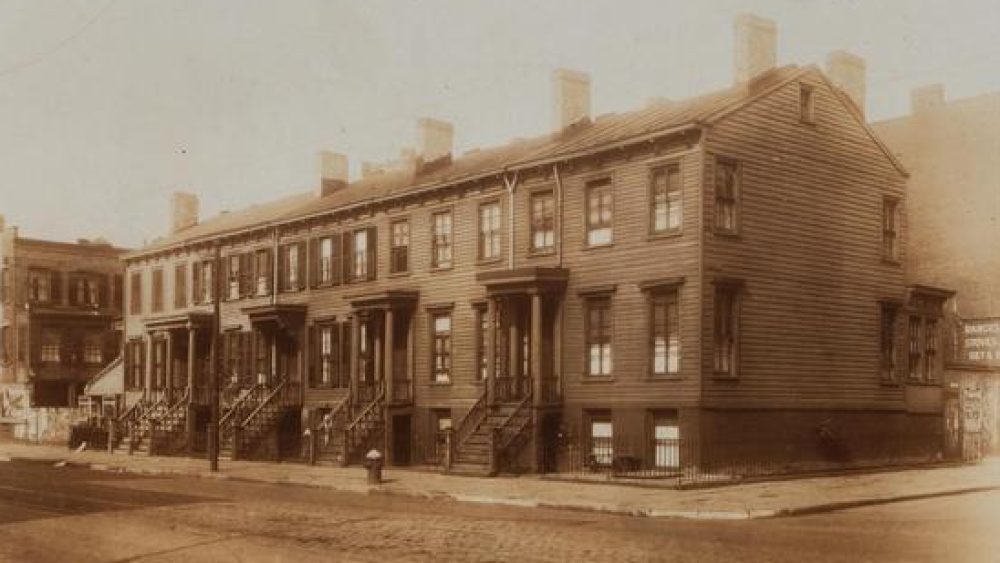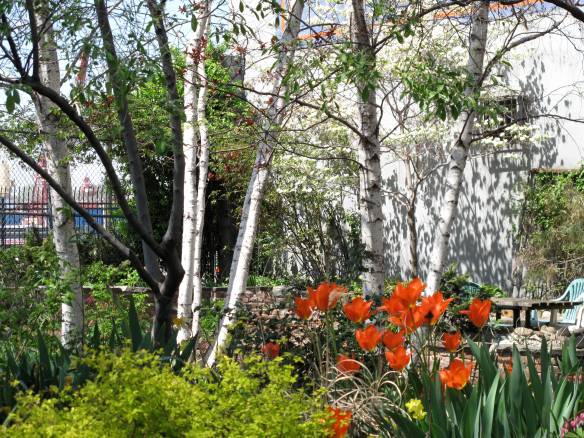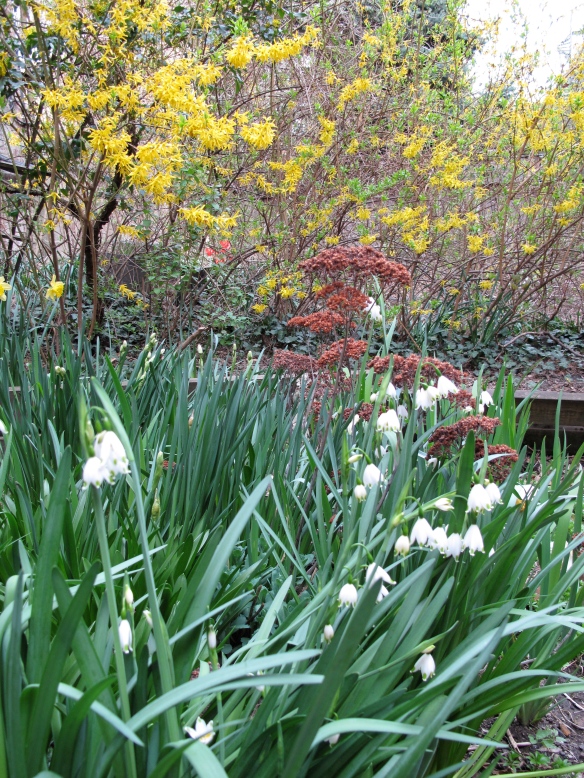
THIS FROM Fine Gardening magazine’s website…I’m going to Montauk to eat lobster. Happy 4th, everyone.
Q: I just moved into a house built in 1740 and was hoping to put in some annual and perennial beds that reflect that era. Could you recommend some historical plants that would fit with the character of the house?
A: Dr. Denise Adams, a landscape historian and horticulturist in Dillwyn, Virginia, responds: A 1740s garden in Connecticut would have emphasized plants of a utilitarian nature, as opposed to strictly ornamental flowers. Herbs with decorative flowers or foliage performed both functions, such as chamomile (Chamaemelum nobile), valerian (Valeriana officinalis), feverfew (Tanacetum parthenium), lavender cotton (Santolina chamaecyparissus), and thyme (Thymus vulgaris).
Discussing the vagaries of New England weather 80 years earlier, John Josselyn reported that “lavender is not for the climate.” Roses were also grown. Some very early varieties include the sweetbrier rose (Rosa eglanteria), Rosa ‘York and Lancaster’, and the Four Seasons rose (Rosa ‘Quatre Saisons’).
Among perennials and annuals for mid-18th-century New England gardens, you might use single hollyhocks (Alcea rosea), money plant or honesty (Lunaria annua), gillyflowers or pinks (Dianthus plumarius), double balsam (Impatiens balsamina), native columbine (Aquilegia canadensis), gasplant (Dictamnus albus), fleur-de-lis (Iris pseudacorus), sweet iris (Iris pallida), Maltese cross (Lychnis chalcedonica), white lily (Lilium candidum), and lily-of-the-valley (Convallaria majalis).
For spring beauty, American colonists relied on bulbs, as we do today. Eighteenth-century selections include the diminutive hoop-petticoat daffodil (Narcissus bulbocodium), poet’s narcissus (N. poeticus), Van Sion daffodil (N. ‘Van Sion’), “muscary” or grape hyacinth (Muscari botryoides), crown imperial (Fritillaria imperialis), and snowdrops (Galanthus nivalis).
~ SOURCES FOR ANTIQUE PLANTS ~
Old House Gardens – Heirloom Bulbs
536 Third St.
Ann Arbor, MI 48103
734-995-1486
www.oldhousegardens.com
The Thomas Jefferson Center for Historic Plants
PO Box 316
Charlottesville, VA 22902-0316
804-984-9821
www.monticellocatalog.org
Perennial Pleasures Nursery
PO Box 147
63 Brickhouse Rd.
East Hardwick, VT 05836
802-472-5104
www.perennialpleasures.net
Select Seeds – Antique Flowers
180 Stickney Hill Rd.
Union, CT 06076-4617
860-684-9310
www.selectseeds.com
Pickering Nurseries, Inc.
670 Kingston Rd.
Pickering, Ontario, Canada L1V 1A6
905-839-2111
www.pickeringnurseries.com
Illlustration: Jennifer Blume


















